Descripción
- [INCREASED STABILITY] Proporciona más estabilidad y control mientras manejas el Ronin
- [RONIN CONTROL] Admite el control total de los RS2 y RS3 Pro
- [LIGHTWEIGHT] El chaleco de apoyo redistribuye el peso para un funcionamiento más cómodo durante más tiempo
- [INCREASED BATTERY] Las múltiples opciones de alimentación proporcionan una mayor duración de la batería al Ronin
- [COMPATIBILITY] Admite cualquier cardán que se conecte con roscas de 1/4"-20 y pueda alimentarse mediante un Lemo de 2 patillas
*El envío gratuito no se aplica a este artículo*. El Sistema Flotador Tilta funciona junto con el DJI RS 2 y RS3 Pro para proporcionar un sistema estabilizador de cámara pequeño y compacto que te permita lograr movimientos de cámara cinematográficos suaves con configuraciones de cámara más pequeñas.
El poste con contrapeso proporciona una mayor estabilización a tu configuración, más allá de lo que ya hace el cardán, para permitir un movimiento de la cámara lo más fluido posible.
El diseño del brazo con resorte y del chaleco de apoyo hace que el peso del aparejo recaiga sobre el torso, lo que permite tiempos de funcionamiento más largos antes de que el usuario se fatigue.
El mando inalámbrico para el pulgar incluido te permite controlar de forma inalámbrica el Ronin, así como un motor de enfoque de seguimiento Nucleus M o Nucleus Nano.
Esta unidad está diseñada para montarse en el yugo de tu Tilta Float mediante el soporte para monitor del sistema.
El controlador funciona con las pilas Go Pro 5-8 y dispone de un puerto USB-C que puede utilizarse para futuras actualizaciones de firmware. Ten en cuenta que no recomendamos alimentar la unidad a través de este puerto.
El soporte lumbar incluido y la correa para un solo hombro proporcionan una distribución adicional del peso, garantizando un manejo cómodo durante cualquier duración. Las múltiples opciones de alimentación proporcionan más flexibilidad a la hora de alimentar el Ronin. El sistema puede alimentar el cardán mediante Gold Mount, V-Mount, TB50 o la propia empuñadura de la batería a través de accesorios opcionales.
*El Flotador es compatible con cualquier cardán por debajo del límite de peso que pueda montarse mediante roscas de 1/4″-20 y pueda alimentarse mediante Lemo de 2 patillas o una batería interna, sin embargo, sólo puede controlar de forma inalámbrica el RS2 y el RS3 Pro
* **El Flotador no tiene salidas de alimentación distintas de la Lemo de 2 patillas diseñada para alimentar el RS2**
***El Cable de Poste Interno puede manejar 14,8V y 3A con capacidad máxima para manejar 6A***
RS3/RS3 Pro: La Tecla M NO es capaz de imitar la función del cardán. La Tecla M de esta unidad SÓLO puede cambiar la configuración del Modo. NO se recomienda utilizar cardanes más grandes de lo que podría clasificarse como “de mano”, como el Movi Pro. Aunque el peso total sea inferior a 10 kg, el sistema tendrá problemas para soportar cardanes físicamente mayores que los cardanes de la serie DJI Ronin RS.
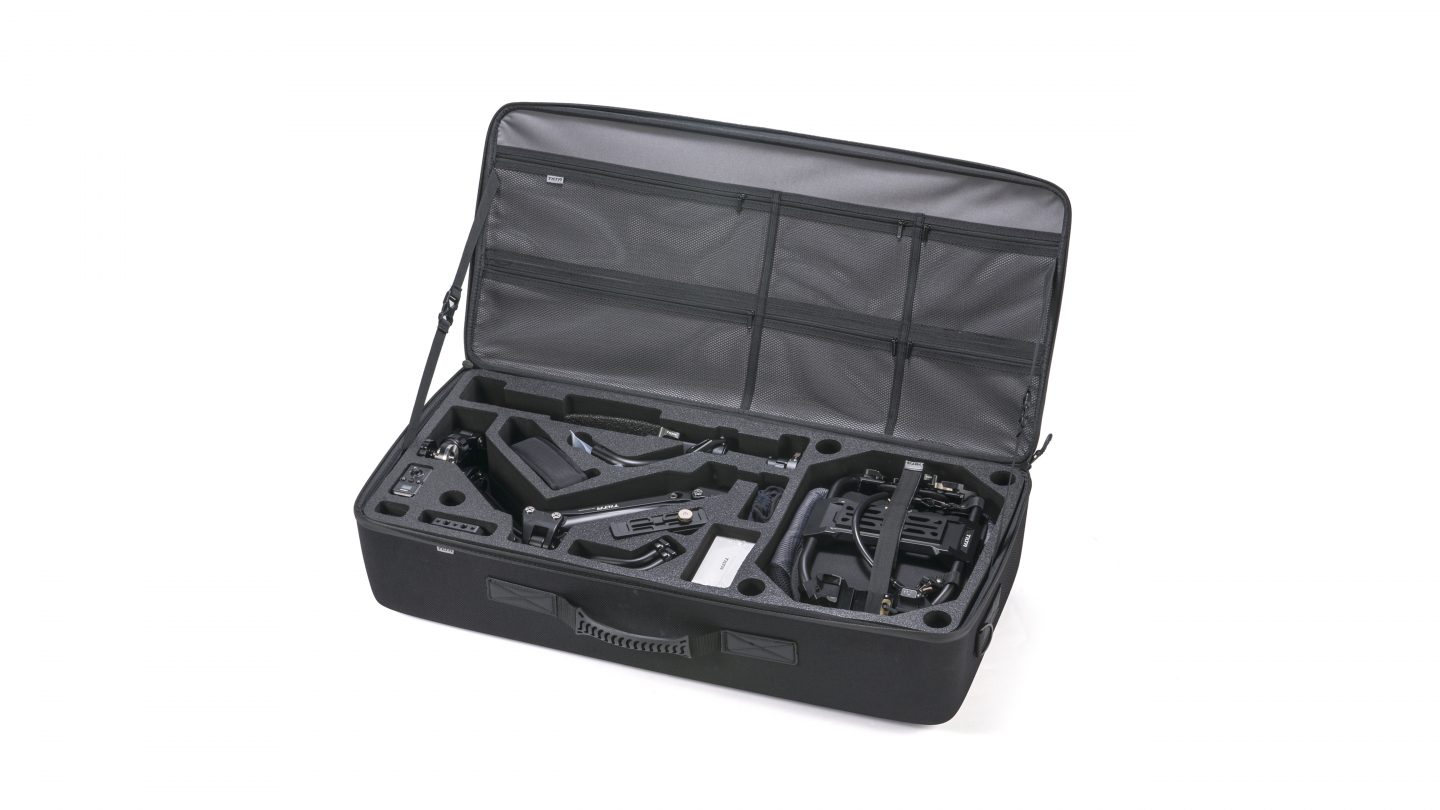






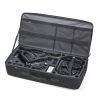
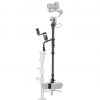
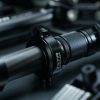
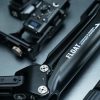



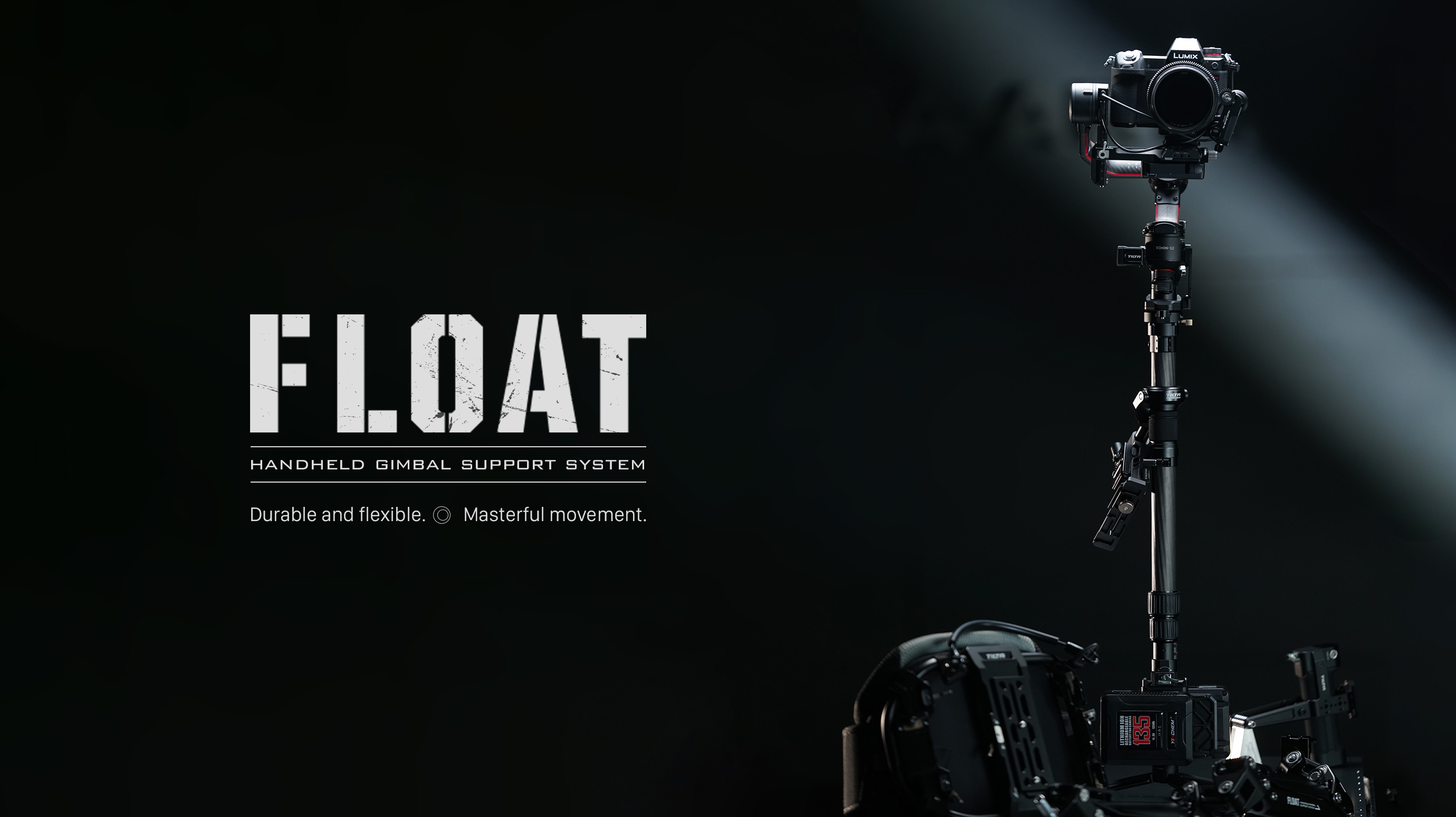
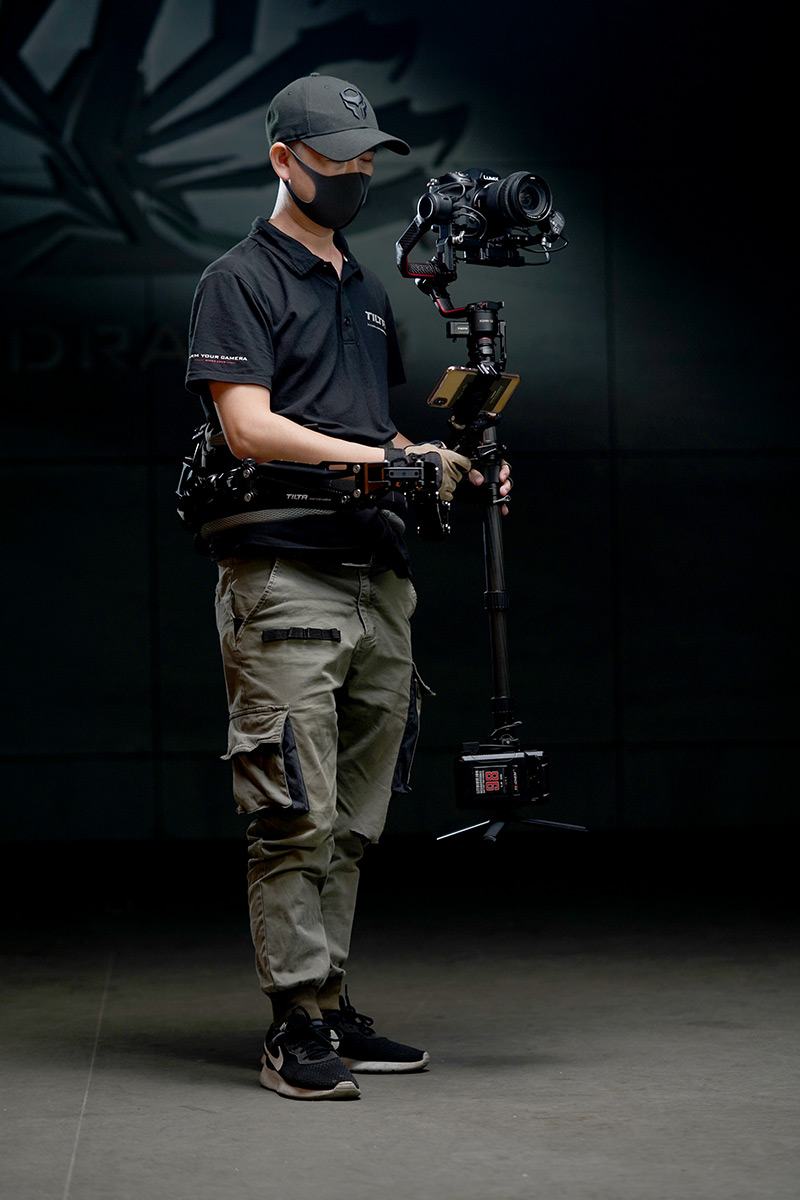
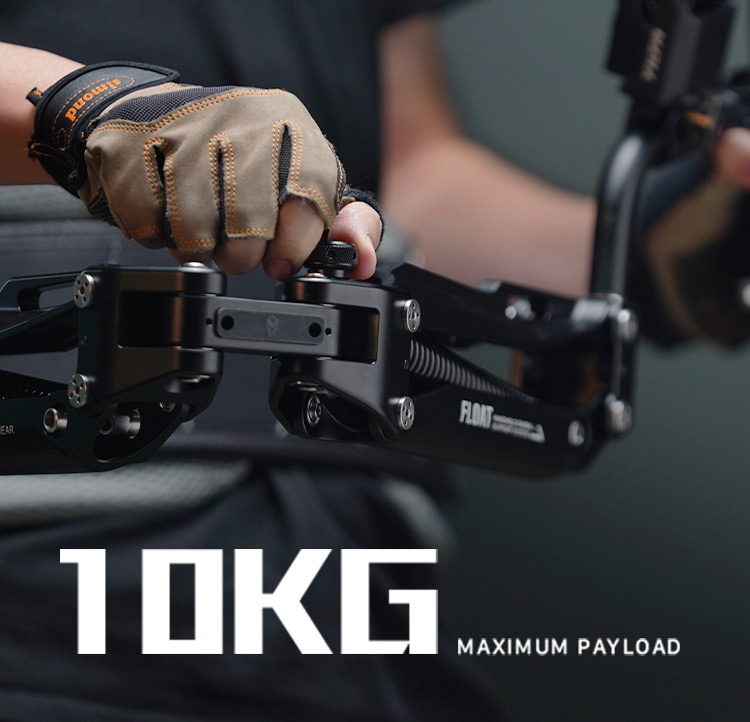
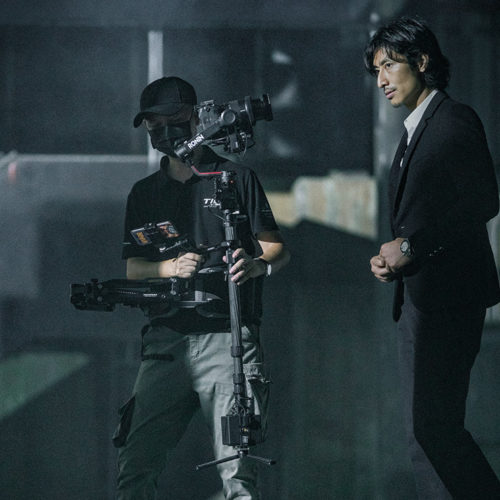

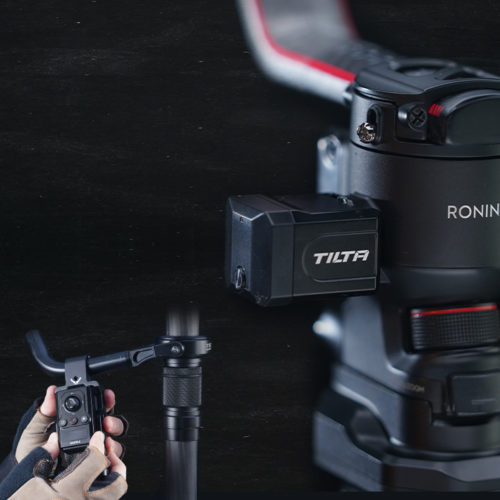
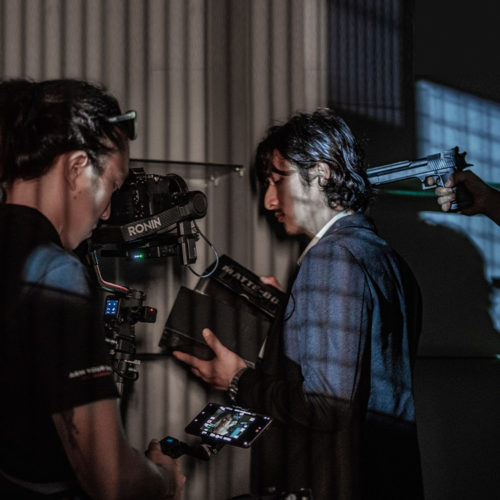
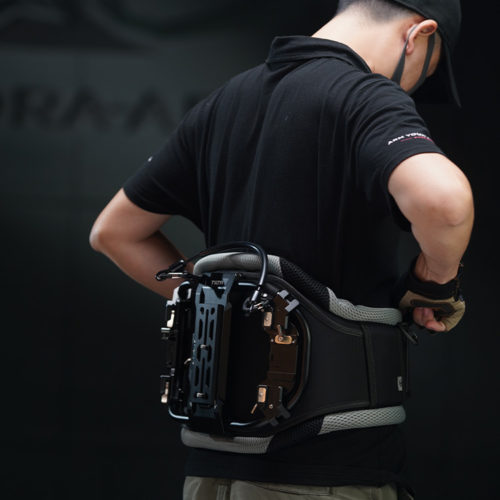
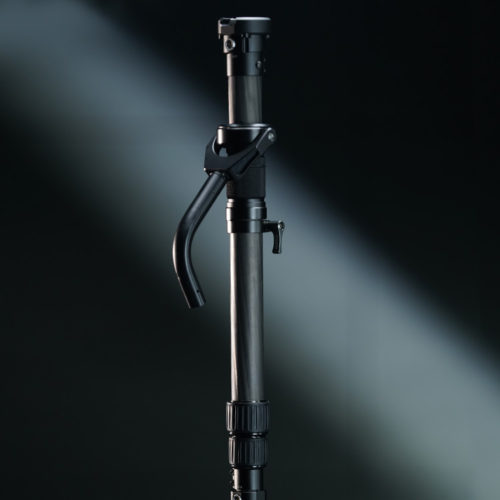
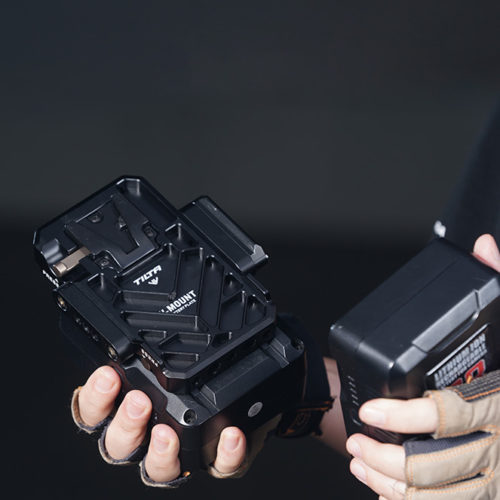
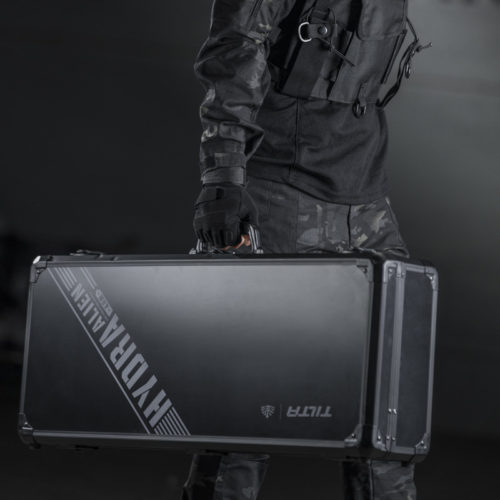
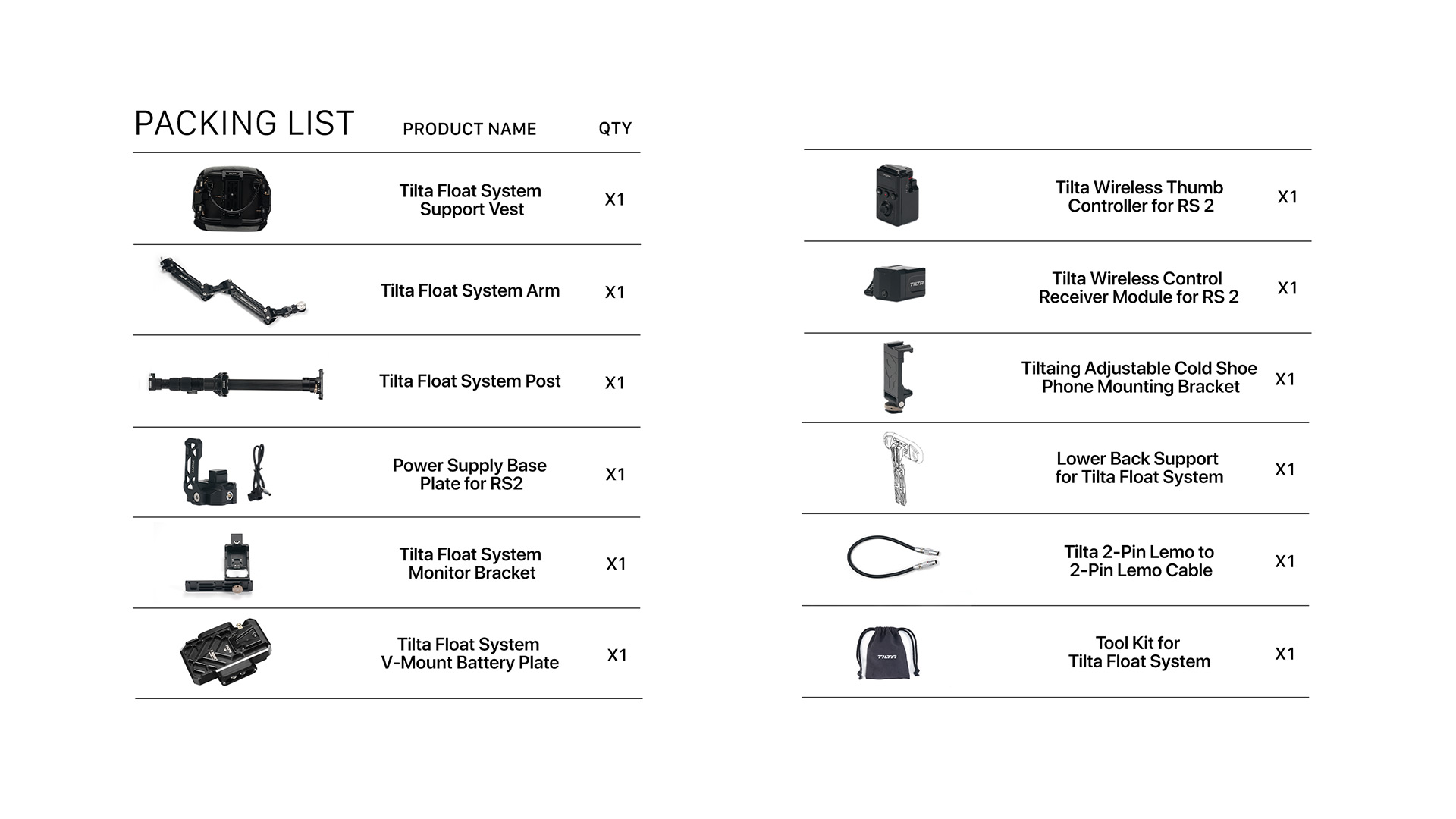
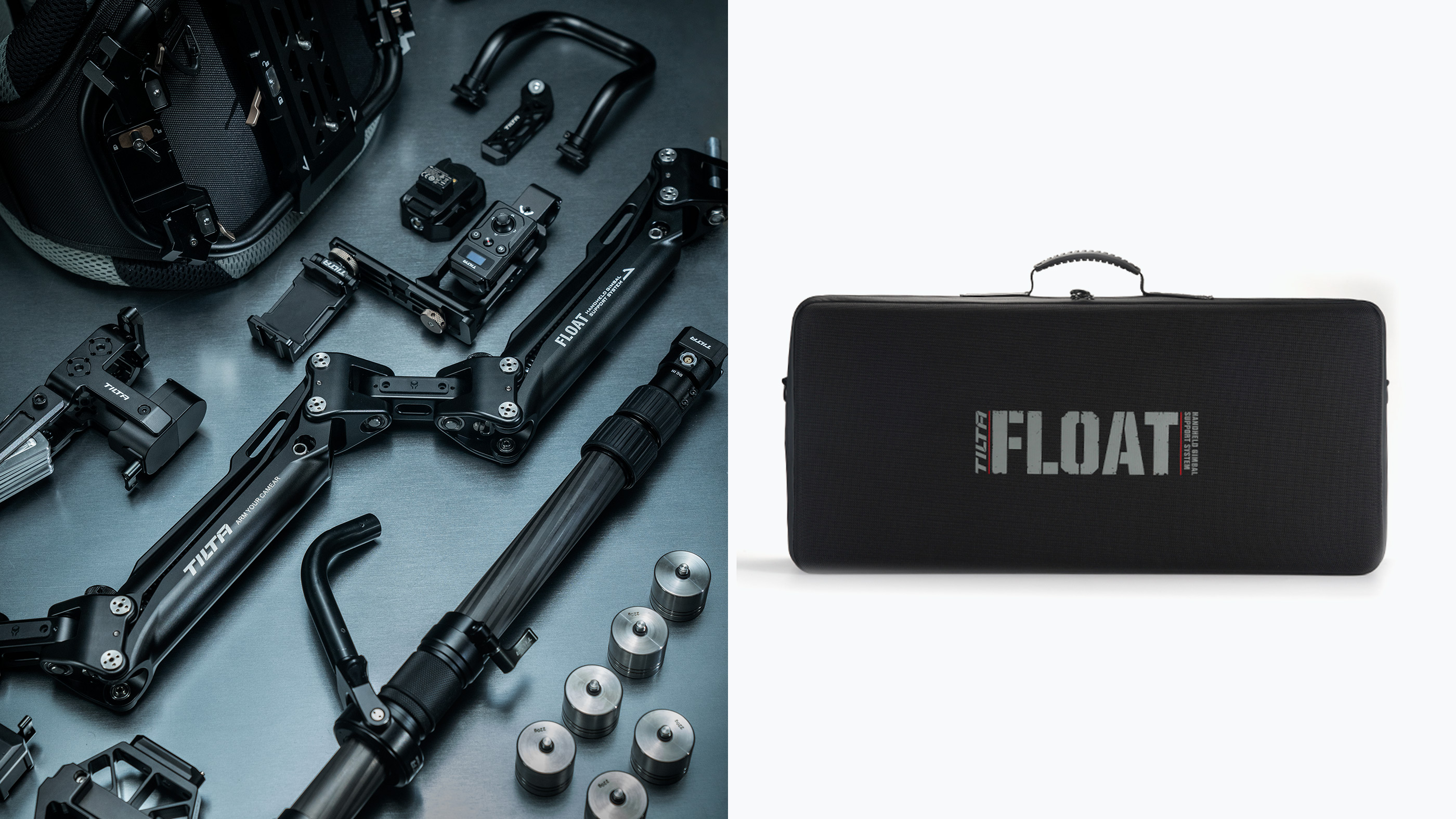
Fantastic feel and almost intuitive to use. Very ergonomic.
I would have loved to use my Dji gimbal with this, but parts were missing and it was impossible to put together. When I had to return it, I had to pay close to $70 to ship it back since I bought it directly from the company’s website and not Amazon. Some little screws and springs were just randomly in the box and I didn’t know where those springs came out of. I got a full refund, minus about 30$ so I lost around $100 on this adventure. it was worth it though. I think the idea is amazing and much cheaper than Ariri Trinity system. It made me look into other systems that won’t require batteries. Another downside to this was that the battery was not included. So not only were a lot of parts missing, but the batteries were not included and it felt that I would have to gather bits and pieces of parts from all over the place to be able to put this thing together. It would be nice is this Tilta Float came with everything included to put the system together.
I would appreciate it if the shipping to Hawaii weren’t an arm and a leg. There are considerations for foreign shipments. Perhaps a different carrier for Hawaii and Alaska. Also, the support with assembly and balancing is either third party or in Chinese. One would think that there are enough sales to English speaking countries to properly support this product, affording the English speaking buyers the respect that any customer deserves. Its not like producing an English version is difficult for Tilta.
Fantastic. Takes some time to learn. But once you get it you’ll be amazed. The advance ring is probably the better overall equipment for most people. But I wanted to try out the float.
This is my first stabilizer. I researched it from the time it came out before I made a decision. It is very well made! It took a bit of experimenting to figure out what side I wanted the arm to be on as I am right handed, I figured that was were it should be but found the inverse worked much better. As for balancing, where the hell do you get a stand? I must be calling it the wrong thing as I can’t seem to get any results in a search.
So I tried some various tests to see how this thing reacted. I was very impressed that I could walk up and down a flight of stairs with practically no bounce! I have a Ronin 1, which I still love and an RS2. This is going to save my shoulders!
Now to the flaw: there is a supplied back extension to support the weight on the upper back. The only problem is that it covers an area about the size of one vertebra and puts a LOT of pressure on that resting point. I would suggest increasing the size of this pad and giving it a bit of a curve to conform to the spine. The reason being that the fastening point of the arm creates torque at the center point of the back of the vest, forcing more leverage on the extender. If the back rest were larger, the weight could be distributed over a larger area resulting in less pounds per square inch. I will be making one out of carbon fiber and then of course covering one side with foam.
All that aside, I’m really going to enjoy this thing!